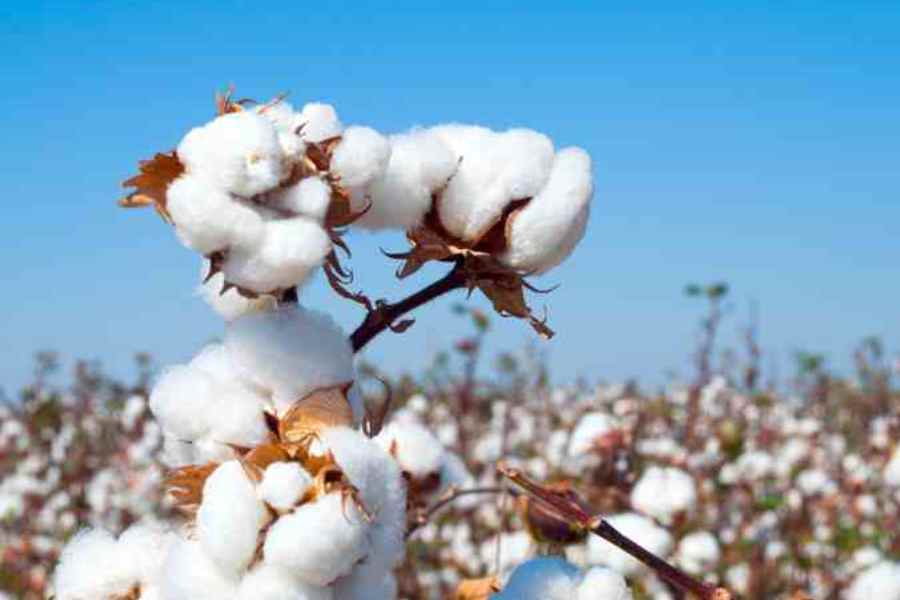About six years ago, a team of scientists from the Central Institute of Cotton Research, Nagpur, was travelling through the countryside in Telangana to pick cotton samples. It was stopped by an angry, middle-aged, woman farmer. She wanted to show the team a problem with her cotton field.
The scientists obeyed and went to her farm where green cotton bolls were dangling from the branches of robust-looking plants. The woman plucked a random boll and showed the scientists that small dark holes had been drilled into the round boll which was almost ready to burst into white lint.
The team cracked the boll open and a beautiful, centimetre-long pink worm twirled up, as if to say hello. It had laid eggs inside the boll and the lint — the white cotton that the world uses so very affectionately in fashion and everyday life — had been devoured by the worm; the boll was hollow from within. The farmer wanted to know from the scientists what she was supposed to do as her entire farm had been devoured by this small worm that spreads like wildfire in days and tucks itself into the boll before it can burst into lint.
Recounting that anecdote during a freewheeling interview with me the same month, one of the CICR scientists on that team told me that the woman farmer had actually alerted the country to a disaster waiting to happen with regard to this important global commodity: cotton. This is because that small worm had announced the beginning of the end of what was touted as India’s biggest success story of the genetically modified cotton, known as Bt cotton. The worm threatened cotton landscapes across India with devastating consequences for the already beleaguered growers since Bt cotton was essentially created to repulse infestations of bollworm complex. If the pink worm has developed resistance to Bt cotton, the Indian fabric industry has a mega-crisis on its hands.
While it was then confined to a few cotton-growing regions in Telangana, Maharashtra and Gujarat, the failure of Bt cotton and its main objective — to internally resist bollworm attack — does not bode well for the sprawling cotton economy and the value chains that rely on it. For one, in the past 20 years, India has done away with non-GM cotton, both the hybrid and the straight-line desi varieties. Second, we don’t have a new cotton technology on the anvil other than the herbicide-tolerant cotton, which has a completely different objective.
The CICR had then alerted the Indian Council of Agriculture Research, the apex scientific agricultural institution of this country, to the potential devastation that the return of the pink worm could cause to the vast cotton economy. But nothing seems to have been done about it so far.
In the 2023-24 crop cycle, which is peaking at present, the story has quietly assumed a pan-India proportion with reports of large-scale pink-worm infestations wrecking vast stretches of cotton fields in Punjab, Haryana, Rajasthan, and Gujarat. Alongside this, small-scale damages in Central India, including Maharashtra which has a high incidence of farmers’ suicides, continue to be cause for concern. Cotton is planted on an average of 13 million hectares of land in India, producing a significant number of man-days of labour in the countryside, second only to wheat and paddy. In many regions, it plays an important and, at times, dominant role in driving the rural economy.
With cotton production plateauing and even seeing a steady fall in places, the growers are experiencing a sharp fall in their returns while production costs are spiralling owing to high fuel, fertiliser and wage costs. In 2024, the Indian agricultural scientific fraternity needs to wake up and devise an urgent cotton revival strategy — one that rests on sustainable practices while guaranteeing better returns to the grower.











